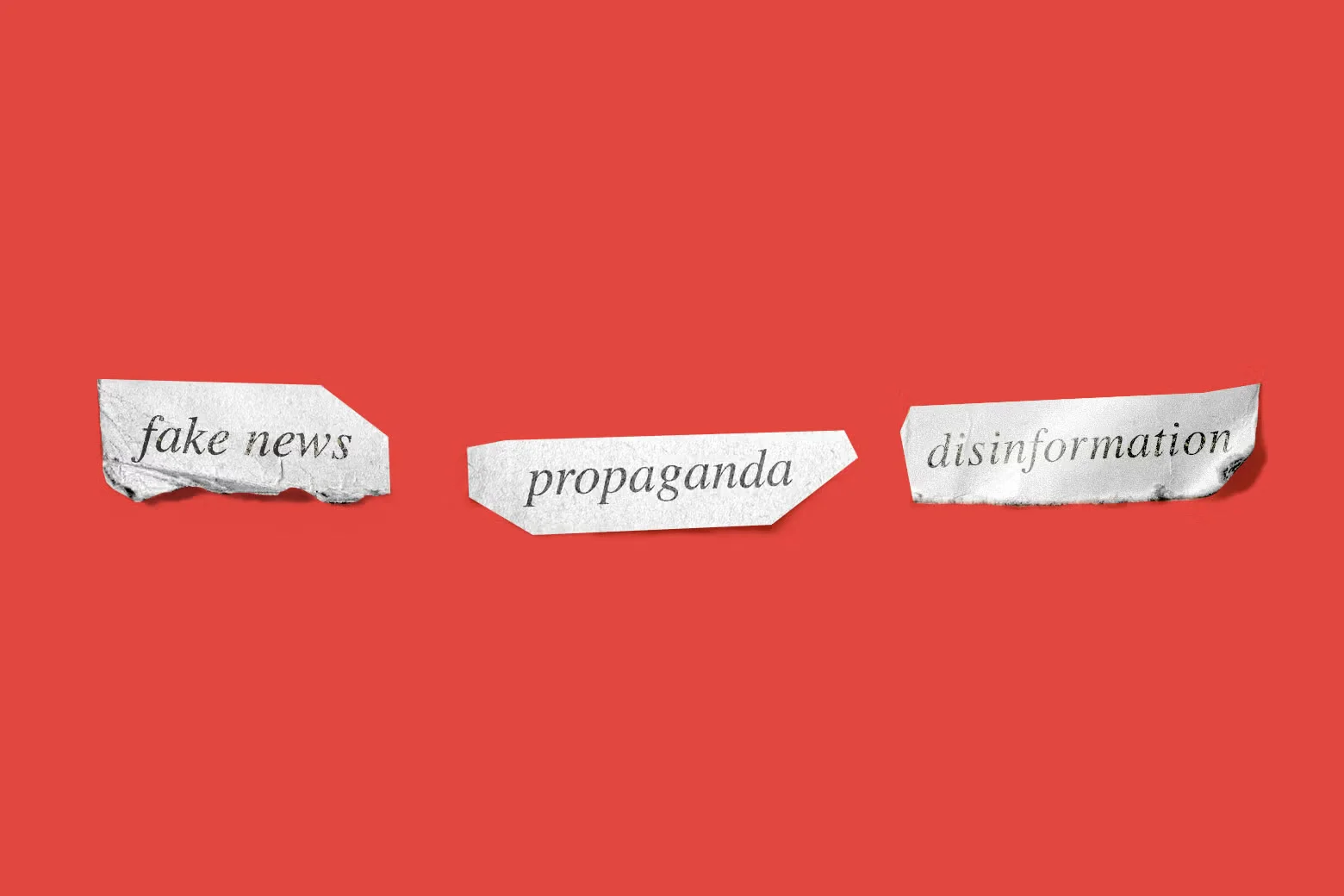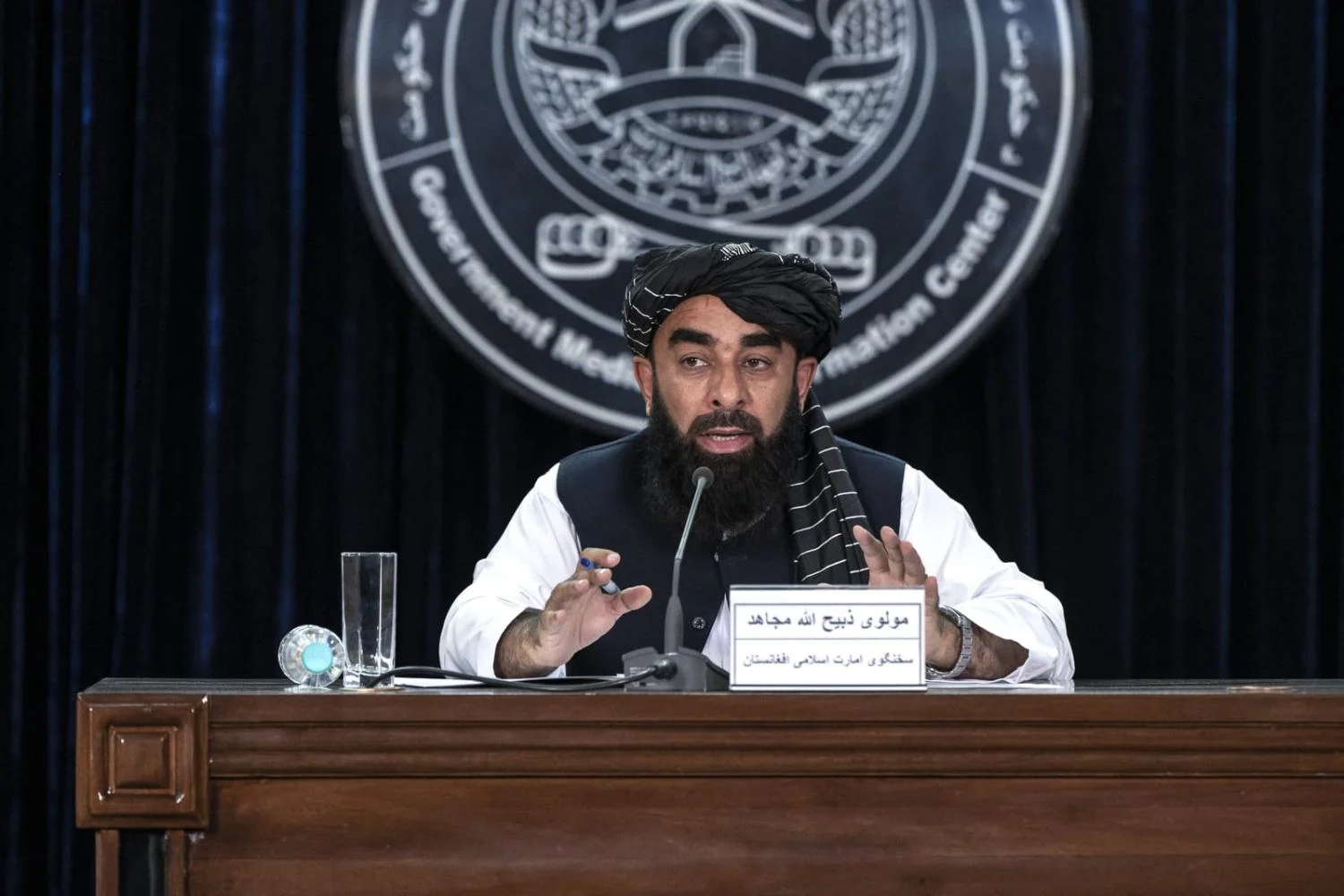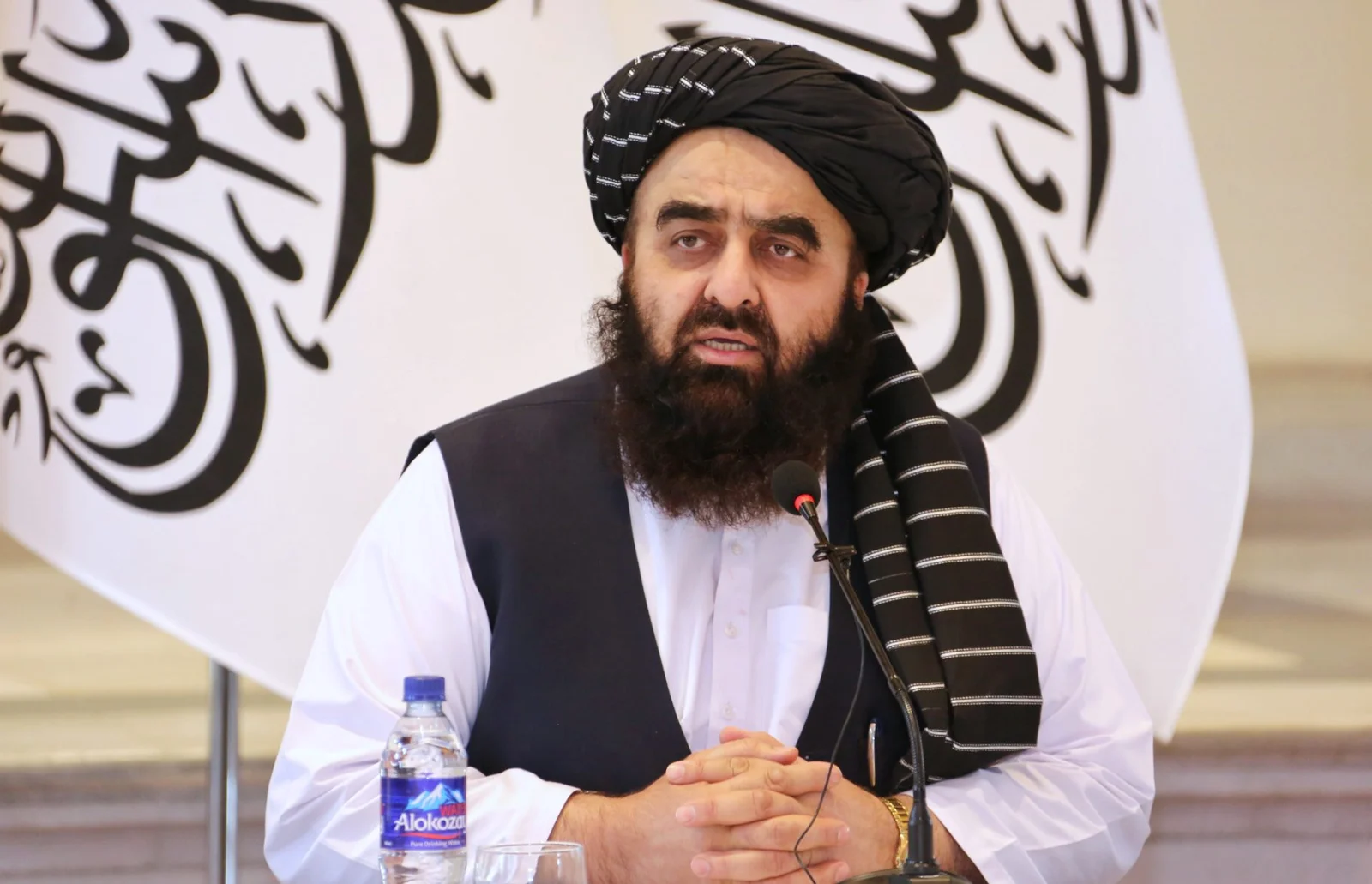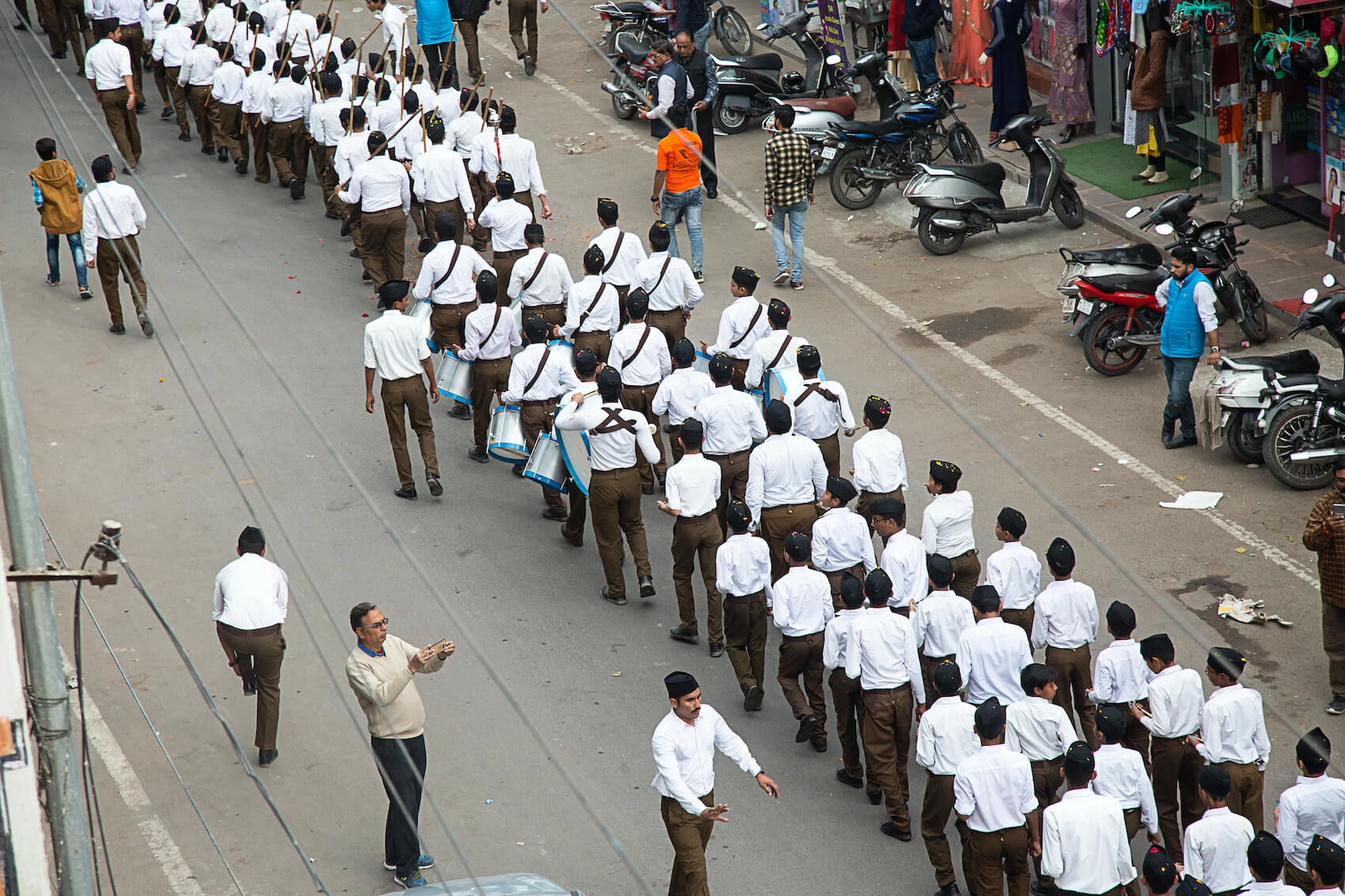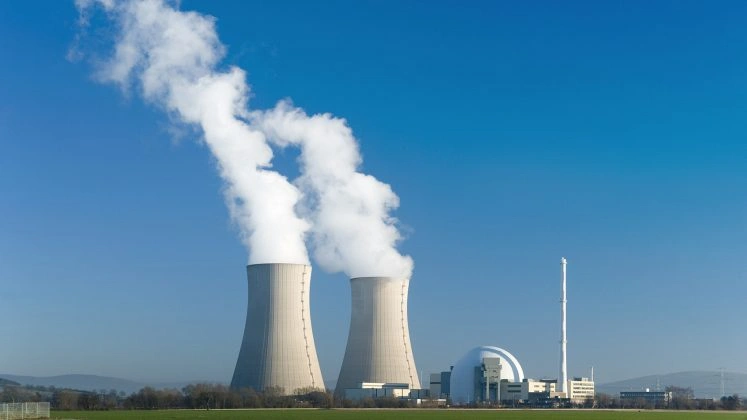Nepal is facing political turmoil during the pandemic. President Bhandari dissolved the House of Representatives. Therefore, in November 2021, a fresh election will take place. The purpose of the election is to elect the 275 members for the sixth time in the history of Nepal. This is the second attempt in five months by the President to dissolve the House of Representatives. The dissolution of House in December 2020 was however restored as the Supreme Court annulled the decision. The proper tenure of the existing House will expire in March 2023.
Democratic Struggle in Nepal
The present-day democracy of Nepal has sailed through a long voyage of seven decades. Multiple factors affected the first movement for the establishment of democratic rule. These included; expansion of the education system, higher literacy rate and Indian independence. In December 1960, King Mahendra came into power and introduced the Panchayat system with few democratic norms. The post rule of King Mahendra used repressive tactics for the anti-regime movements. These tactics ultimately resulted in the formation of ‘Jana Andolan’ in 1990. This movement was large, and it mobilized many public sectors calling for a mass movement. This resulted in the restoration of democracy with a multiparty system.
Post-1991
The post-1991 period was more violent as compared to the earlier periods. There were mass protests, violence and insurgencies that resulted in the death of thousands. The constitutional monarchy implemented in 1991 witnessed political instability due to internal party battles and corruption. The midterm elections for the House of Representatives produced eight unstable governments in five years. This anarchical situation led to the people’s war demanding the end of monarchy and the establishment of the constituent assembly. In June 2001, the Nepalese royal family was murdered. The crowning of Gyanendra as a new king of the country took place right after this incident. This ultimately worsened the situation in the country.
The ultimate long armed struggle resulted in a peace agreement signed between the seven-party alliance and Maoist insurgents. It was a 12 point agreement that demanded the abolition of the monarchy and the establishment of democratic norms. Moreover, it also included a demand to establish an interim government, the holding of fair elections, effective governance, civil, political, and human rights with the rule of law. Hence the elections of 2008 marked the victory of the Communist Party and Pushpa Kamal Dahal became PM of Nepal.
Current Political Turmoil in Nepal
The end of monarchy in 2008 marks the real struggle of Nepal regarding its transition towards federal democracy. In the 2018 elections, no single party was able to get a complete majority to form a government. So, the two main political parties i.e., the Communist Party of Nepal under KP Sharma Oli and the Communist Party of Nepal under Pushpa Kamal Dahal agreed to share the Premiership for two and half years each. Hence, it was agreed that Oli will complete his term as a prime minister. Soon after, a campaign of charges and countercharges was started. This led to the dissolution of the house.
The Supreme Court annulled the decision. However, a follow to another writ petition annulled the decision of the election commission which brought Oli’s government into the minority. Oli was then defeated in a no-confidence motion which ultimately led to the dissolution of the house. The dissolution by the President will end political drama ongoing in Nepal especially after the merging of two parties. Although there is nothing unusual in Nepal which has witnessed the change of 25 Prime ministers in the last 29 years.
However, hope remains because the 2015 constitution provides a federal democratic republic with three tiers i.e., Federal, Provincial, and local. These are the basis of democracy which makes the deep-rooted system with a sense of duty and pride. Moreover, it will also be beneficial to check the corruptions at all levels making the system transparent. Furthermore, it will make the governance easy and transparent that will create political awareness in Nepal.
Conclusion
The current political turmoil reflects the decades-long struggle of Nepal regarding its transition towards federal democracy. The dissolution of the House will end the political drama running in Nepal after the 2008 elections. However, hope is still there due to the basis of democratic norms embedded in the federal democracy, which will further strengthen the system and rule of law.

